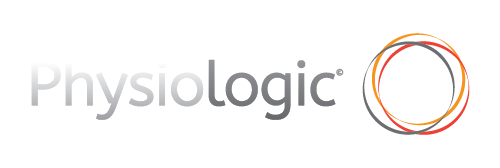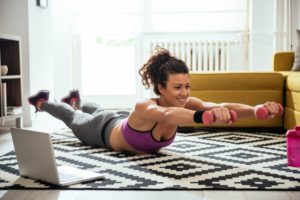It goes without saying that recent times have thrown up their share of challenges for runners. Altered work conditions, home schooling, events cancelled – it has been a time of huge change for all Australians. Running is more than a sport, it is a lifestyle, an anchor to our true selves, our outlet, our stress relief, and our social life. During the Covid-19 restrictions, many of these aspects of running have been taken away from us and it is only now that we can start looking towards a future where we can run again with confidence. If you have found yourself lacking your usual running fix, how do you kick start your running year again?
1. Set achievable goals
Whether you have had a lay-off from running, are brand new to the sport, or are just looking for some added motivation do get you going this year, you need to set some goals. Goals act as the carrot, the reward at the end of all your hard work and training. However, we need to be careful about setting goals. If the goal is too ambitious, then it may be too out of reach and actually be more off-putting than motivating. Pick something that you are confident you can achieve, with a bit of work (don’t make it too easy either), and set a realistic time frame. For example, the goal of “I want to run a 5k in under 25 minutes by the end of August” is a great goal if you can currently run 26 minutes but not such a great goal if you are currently completing it in 35 minutes. Likewise, setting a timeframe helps to add some urgency to your goal setting. Remember your SMART (Specific, Measureable, Achievable, Realistic, Timely) goals? Well this is your chance to put the theory into practice!
2. Build routine
We are creatures of habit and the single best thing you can do to kick yourself back into the habit of running is to create a routine. The routine itself doesn’t specifically matter, as long as you create the routine and stick to it. If you are brand new to running or haven’t run for a long time, then set yourself a routine of trying to do some kind of exercise every day. Keep the bouts of exercise themselves short and very achievable and focus more on the routine than trying to get a killer workout at each session. Always think about tomorrows session so that you are always keeping the routine alive and in your thoughts. An example for a person who wants to run 3 hours per week could be: rather than running 3x 1 hour (actually giving you 4 days per week when not running), splits the 3 hours into 6 runs of 30 minutes with a strength session of 30 minutes on the seventh day. This creates the habit and routine of training daily and is something that can be built upon easily in the coming weeks.
3. Explore somewhere new
If you are anything like me you will tend to run the same routes and the same laps and loops on a regular basis. This is actually a good idea because, as we discussed above, building a routine is paramount in getting the consistency to your training. However, when you are starting back up, it presents a great opportunity to check out some new trails or routes, perhaps exploring areas close to home that you don’t normally run or heading further afield to tackle a new mountain or a new trail. Talk to other runners and get some ideas about places you can run that you might not have considered. In recent weeks I have personally found a couple of really nice trails that are really close to home, but that I had never considered exploring before. Now I know they are there, I will include them in my regular training routine.
4. Focus on technique
Running technique is crucial for efficiency and to minimise your risk of injury. Good running technique will enable you to run further and faster, and to enjoy the running more than ever. A great time to start working on your running technique is after you have had a bit of a lay-off or don’t have any pressing events on the horizon. It takes time to perfect a new technique and in the short term you may find your running performance actually reduces slightly and muscles you didn’t even know you had, start working harder than ever before (hello calves and hamstrings!). This is fine and will improve with practice, and whilst you are getting back into your full training is a great time to implement these changes.

5. Dream big
What is your dream event, your lifetime running goal? Maybe it is a 5k PB, a marathon, a trail ultra, an overseas event – we all have bucket list goals. Now is the time to really dream big and take inspiration from these long term blue sky challenges. The surge of adrenaline from visualising the start of your next big challenge or event will help you set short term goals, build your routine, and get back out there on the roads and trails.
I hope that has helped provide some tips and inspiration for the rest of your running year
May your dreams be big and your worries stay small.
 changed in accordance to recent research within the sports medicine space.
changed in accordance to recent research within the sports medicine space.




 can be done both in a group (via video of course!) or it can be done by yourself at home.
can be done both in a group (via video of course!) or it can be done by yourself at home.